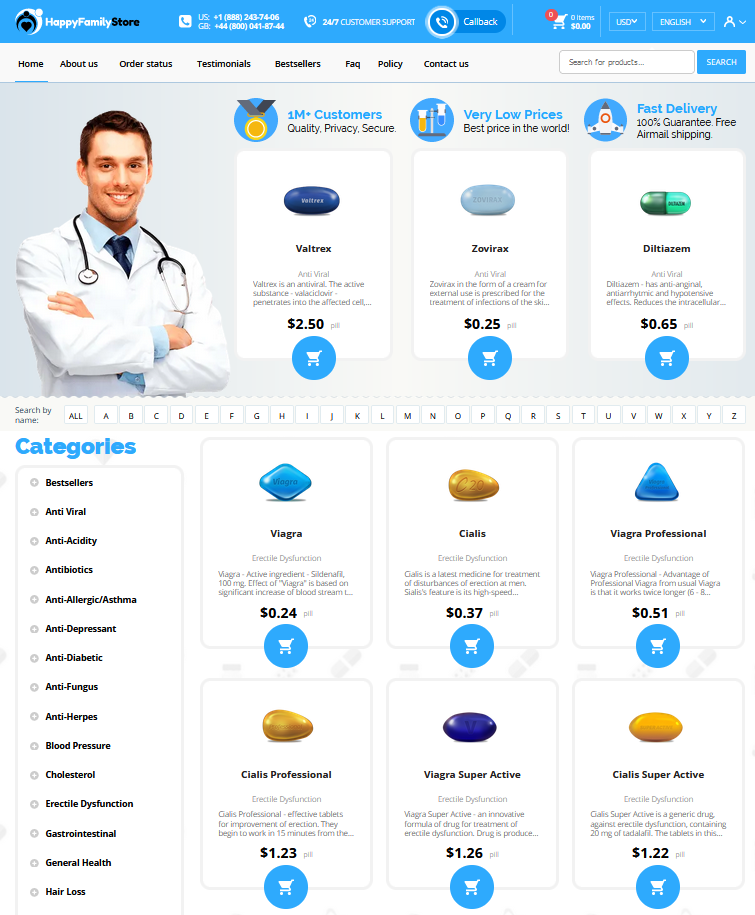 Prednisolone Vs. Prednisone: Key Differences to Know
Prednisolone Vs. Prednisone: Key Differences to Know
Basic Overview: Prednisolone and Prednisone Defined
Prednisone and prednisolone are steroid medications that, despite their similar-sounding names, have distinct roles in treating inflammatory conditions. Prednisone is a prodrug, meaning it requires conversion into its active form, prednisolone, to exert its therapeutic effects. This conversion occurs in the liver, making the liver's function crucial for the drug's efficacy. For some individuals, especially those with liver impairments, prednisolone may be prescribed directly to avoid this conversion process.
Both drugs are often prescribed by a white coat after a thorough evaluation of the patient's condition. The conversion factor brings to light how these generics differ, impacting how effectively and immediately each drug can alleviate symptoms.
| Drug Name | Prodrug Status | Active Form |
|---|---|---|
| Prednisone | Yes | Prednisolone |
| Prednisolone | No | Directly active |
Mechanism of Action: How Each Drug Works

In the world of pharmaceuticals, the way a drug operates defines its efficacy and usage guidelines. When we examine how these medications function, both prednisolone and prednisone work as synthetic glucocorticoids, mimicking the action of cortisol—a hormon produced by the adrenal cortex. By binding to glucocorticoid receptors and modulating gene expression, they effectively reduce inflammation and suppress immune responses. It's like a coded script directing the body to calm its inflammatory processes.
Prednisolone, a ready-to-use compound, acts directly in the body, bypassing any need for conversion. Prednisone, on the other hand, is a prodrug, which means it needs to be converted by the liver into prednisolone to become active. This crucial conversion in the liver gives prednisolone a head start in therapeutic action, making it more immediately effective in scenarios demanding quick intervention.
Their mode of action, while fundamentally similar, highlights how molecule structuring influences clinical decisions. This understanding aids in the Rx choices between these two, depending on the patient's liver function or the immediacy of treatment required.
Conversion Process: Prednisone to Prednisolone Inside the Body
When you get your hands on a script for prednisone, you're actually starting a fascinating biological journey inside your body. Prednisone itself is a prodrug, which means it doesn't become active until it's converted. The liver is the pharmacist in this scenario, responsible for transforming prednisone into its active form, prednisolone. This conversion is crucial because only prednisolone is effective in reducing inflammation and modulating immune responses. The liver converts prednisone to prednisolone through an enzymatic process known as reduction. This creates a more readily absorbed compound that can get to work stat, whether it's for managing autoimmune conditions or allergic reactions. Understanding this conversion is key to appreciating how effectively your body can tackle these health challenges once your med script is filled properly.
Common Medical Uses: Conditions Each Drug Treats

Prednisolone is frequently prescribed for conditions such as asthma, rheumatoid arthritis, and inflammatory bowel disease due to its potent anti-inflammatory properties. These "magic mouthwash" qualities make it a go-to for reducing inflammation and swelling. On the other hand, prednisone also tackles similar ailments, often showing up in scripts for COPD and severe allergies. It's the preferred choice when doctors want the body to convert the drug itself.
These meds are like "elixirs" in the medical world, each with their unique set of instructions. While both have a reputation for tackling autoimmune challenges, they must be tailored to individual needs, with a careful watch on any side effects.
Differences in Administration and Bioavailability
Prednisolone offers a distinct advantage in bioavailability. Since it's the active form, there's no need for the body to convert it, allowing for quicker results when taken as directed in the Sig. In contrast, prednisone must first be converted in the liver, which may reduce its efficacy for individuals with hepatic impairment. This difference in metabolic processing can influence a physician's choice during the Rx process.
Here's a concise table to highlight administration differences:
```html
| Medication | Administration Form | Bioavailability |
|---|---|---|
| Prednisolone | Oral, IV | High |
| Prednisone | Oral | Lower (requires conversion) |
Understanding these differences can feel like finding a golden ticket, especially if you're navigating the complexities of a busy pharmacy landscape.
Side Effects and Interaction Profiles Compared
Navigating the realm of side effects for Prednisolone and Prednisone can be as complex as a pharm party. Both medications, part of a similar script for treating inflammation, have a variety of potential adverse effects. Prednisone is often associated with a higher incidence of side effects like sleep disturbances and increased appetite, making some patients feel like they've had an unwanted cocktail. Prednisolone, on the other hand, may cause heightened mood swings and elixir-like fluid retention.
When it comes to drug interactions, these compounds demand careful attention to their sig for optimal safety. Prednisone, commonly metabolized in the liver, can interact with other meds, affecting its potency. Prednisolone might have fewer narcs interactions but is not void of its own complexities, needing vigilant monitoring to avoid any toxic outcomes.
